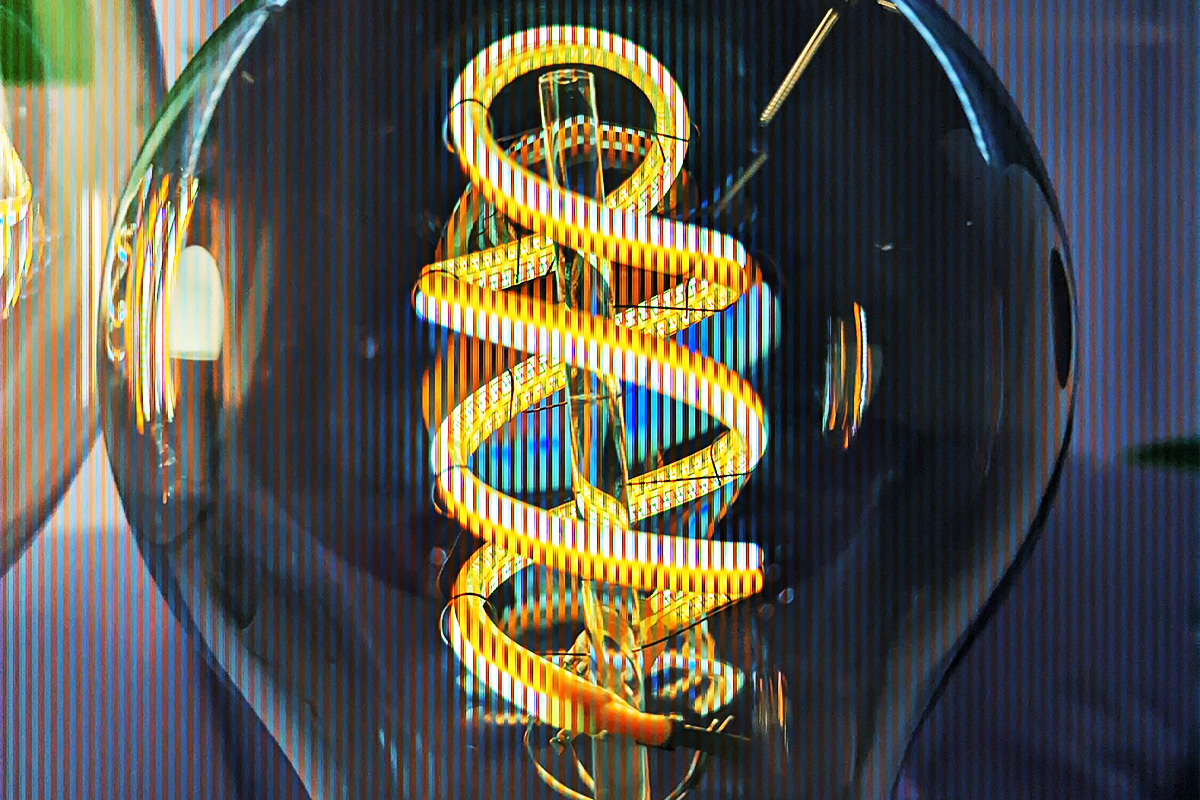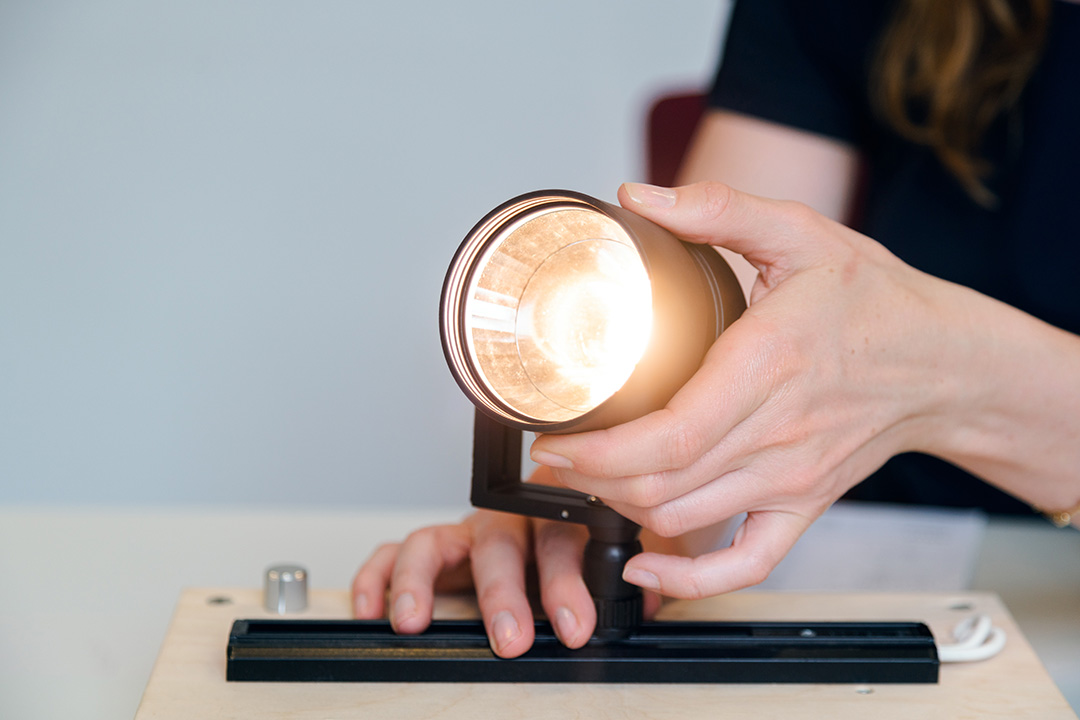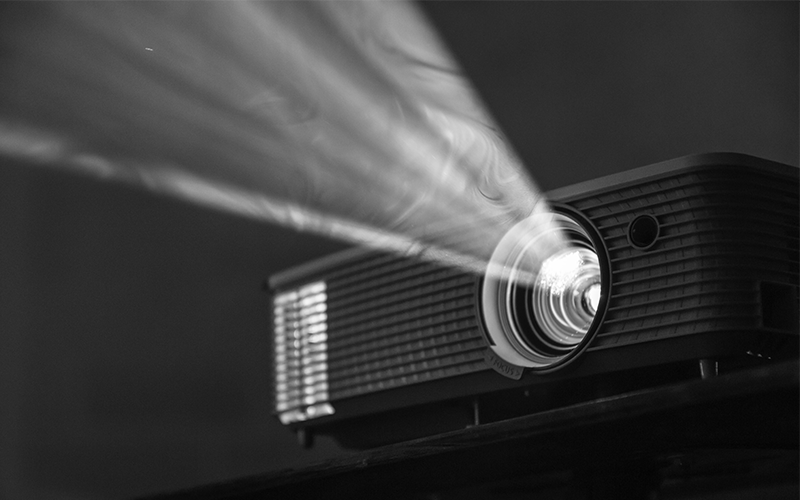Lighting laboratory
Light is important to all living things – not least to human life – though it is not necessarily something we think much about. Eye sight is the sense that is used the most and takes in the most impressions and thus also affects us to a great extent. Visual impressions are closely linked to well-being, health and the circadian rhythm, and research on light and darkness is therefore particularly important for good health.
The lighting laboratory at the faculty of engineering (LTH) is built to enable studies on how humans are affected by different light conditions such as glare and flicker. The lab also has equipment to study in detail the spectrum, color reproduction, color temperature, luminance, flicker and electricity of light sources such as lamps and luminaires.
Equipment in the laboratory
The lighting laboratory is equipped with several important measuring instruments. Some of them are:
- spectrometer
- light meter
- luminance camera
- flicker meter
- measuring equipment for electricity quality
Large parts of the equipment are portable to be used in field studies, in research projects and at the request of companies and organizations.

Flicker is not a lamp attribute; it is something you see
Flicker – temporal light modulation (TLM) – can affect human health negatively by causing headaches, eye problems and migraines. The EU has produced design directives where new standards for how TLM can be measured and recommended limit values for TLM are included. The research project "Flicker explained" has produced interpretations of the standards and guides for different groups. You find links to the various reports here:
- Do you have a general interest in flicker and want to know more? Read "Flicker – a technological overview". (Pdf 1.04 MB)
- If you want to delve deeper into flicker, read the research report "Flicker explained". (PDF 1.83 MB)
- Are you working in the lighting industry, this guide has been prepared for you: Flicker Explained: guide to IEC for the lighting industry. (Pdf 1 MB)
Read about the research project "Flicker Explained – How to ensure the EU's new eco design requirements on temporal light modulation for good lighting and health".
The links lead to Lund University's research portal.


